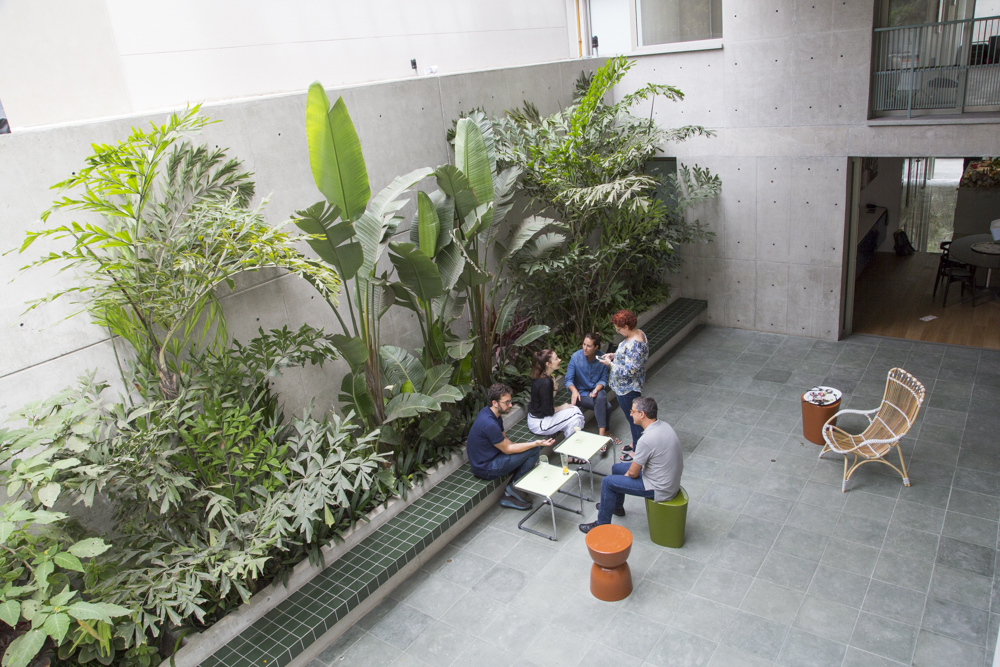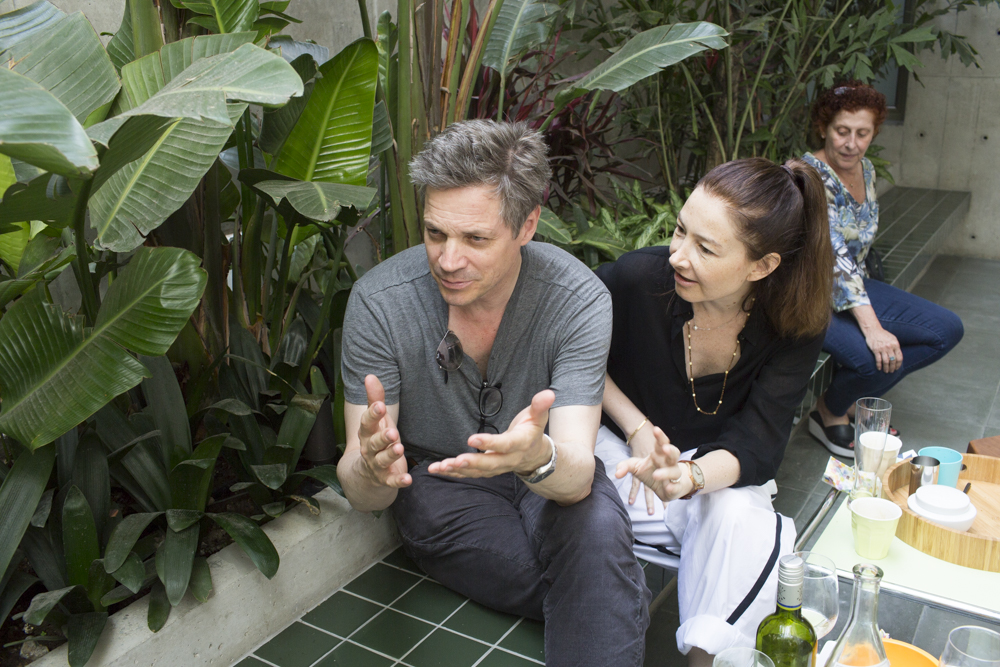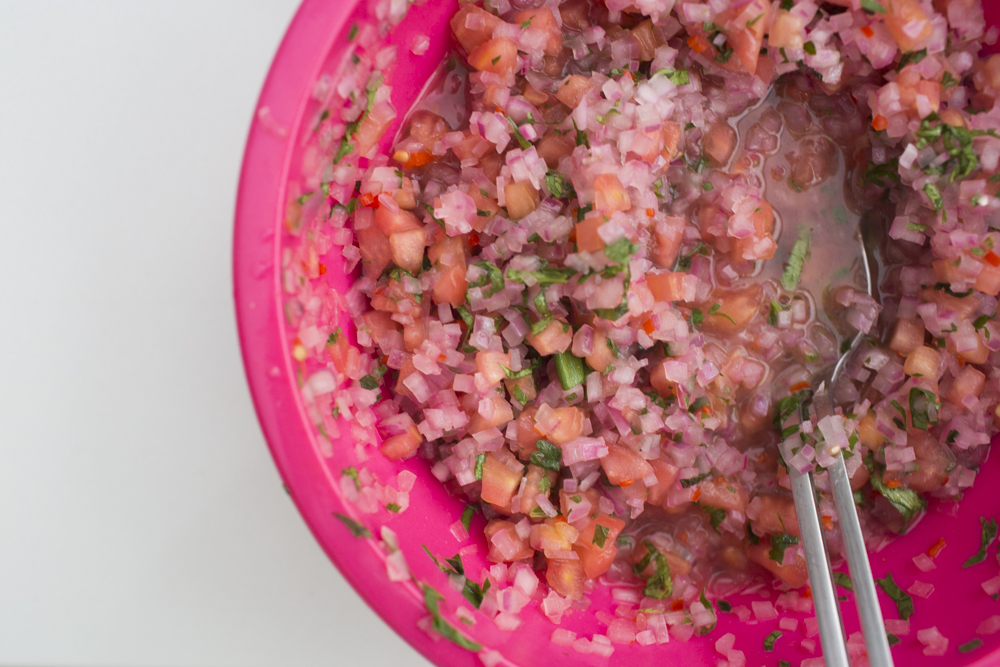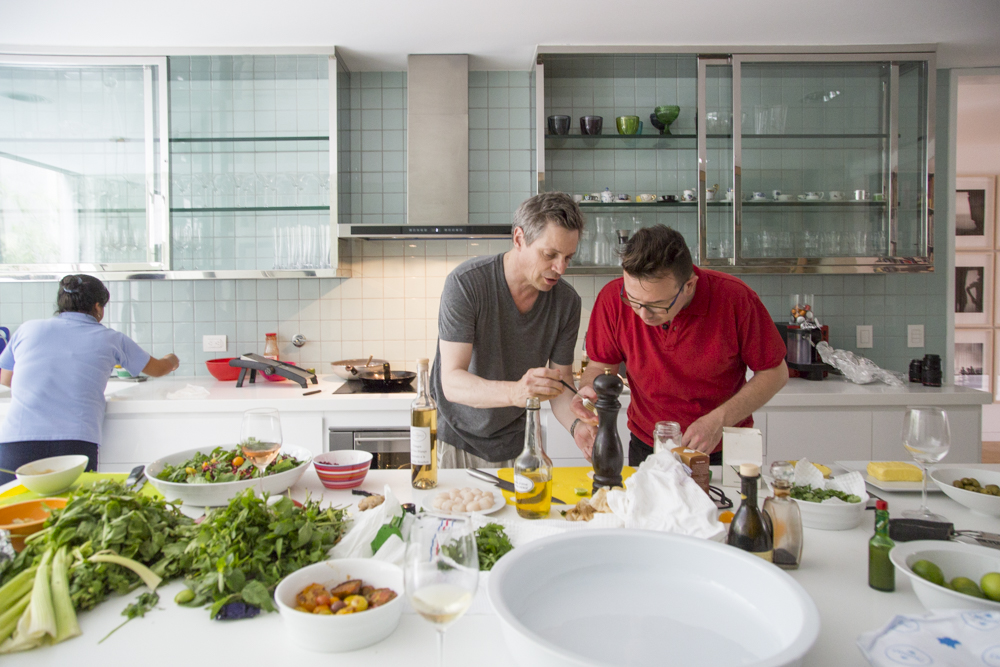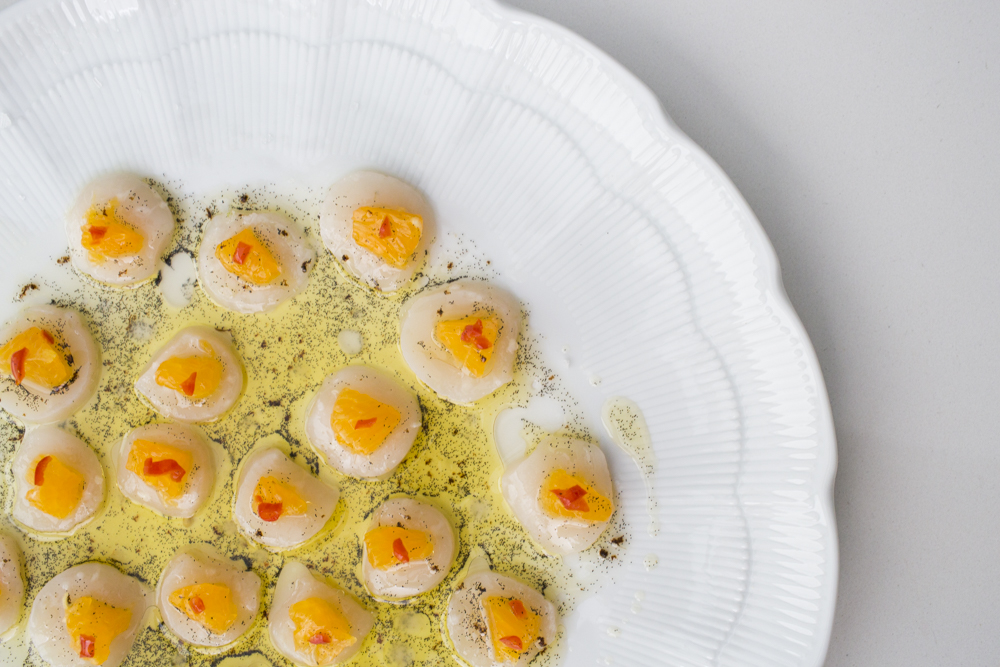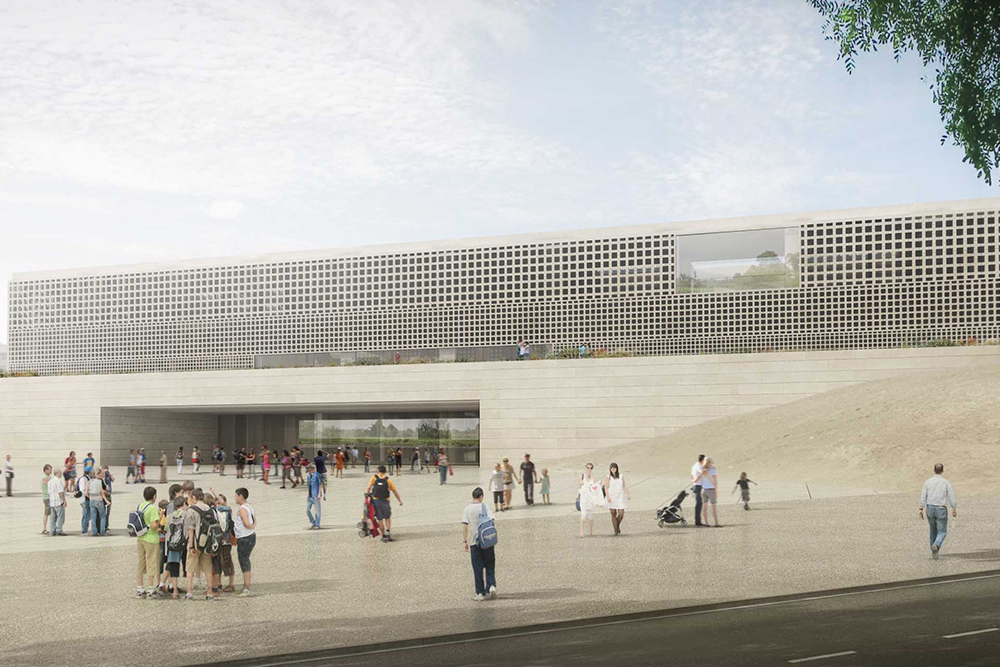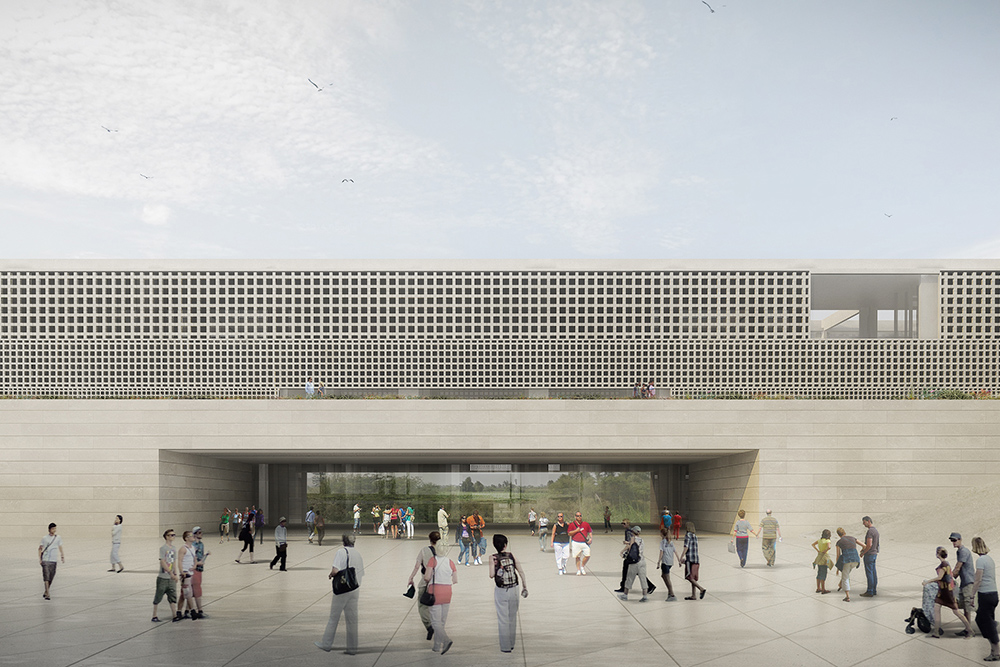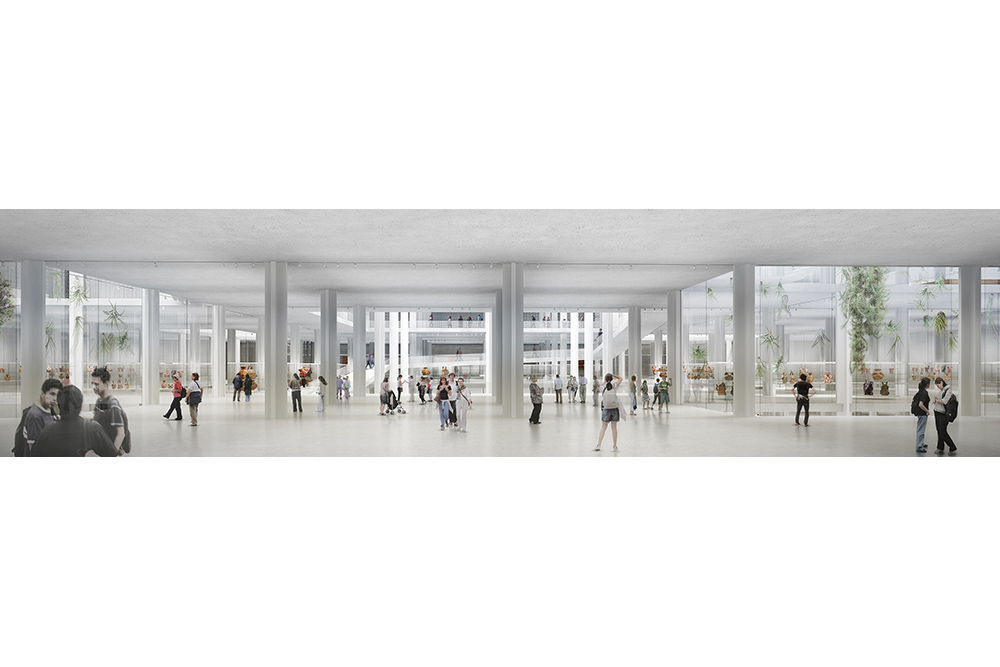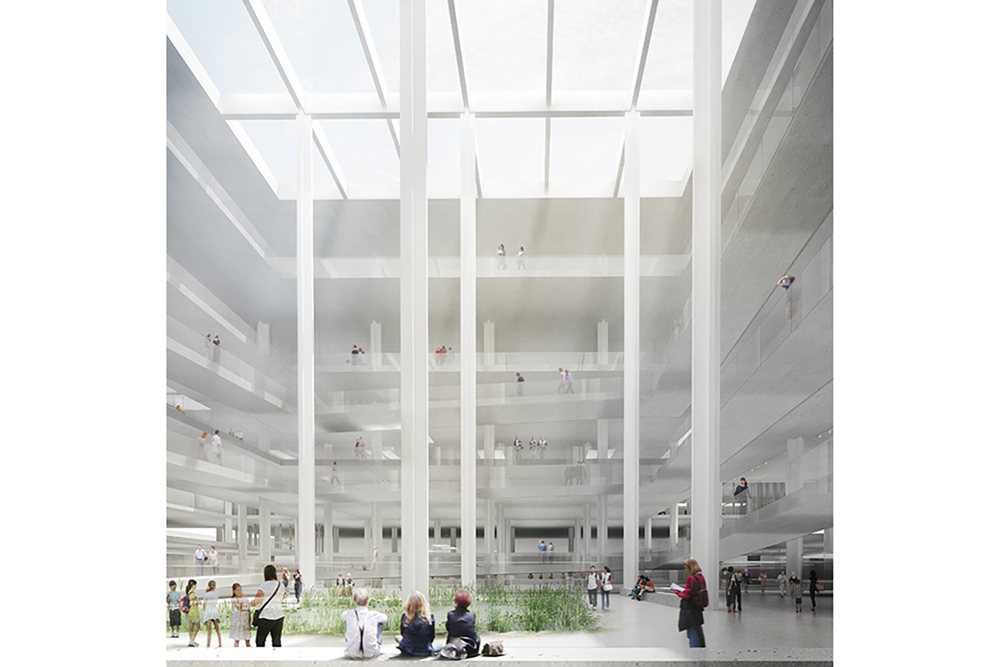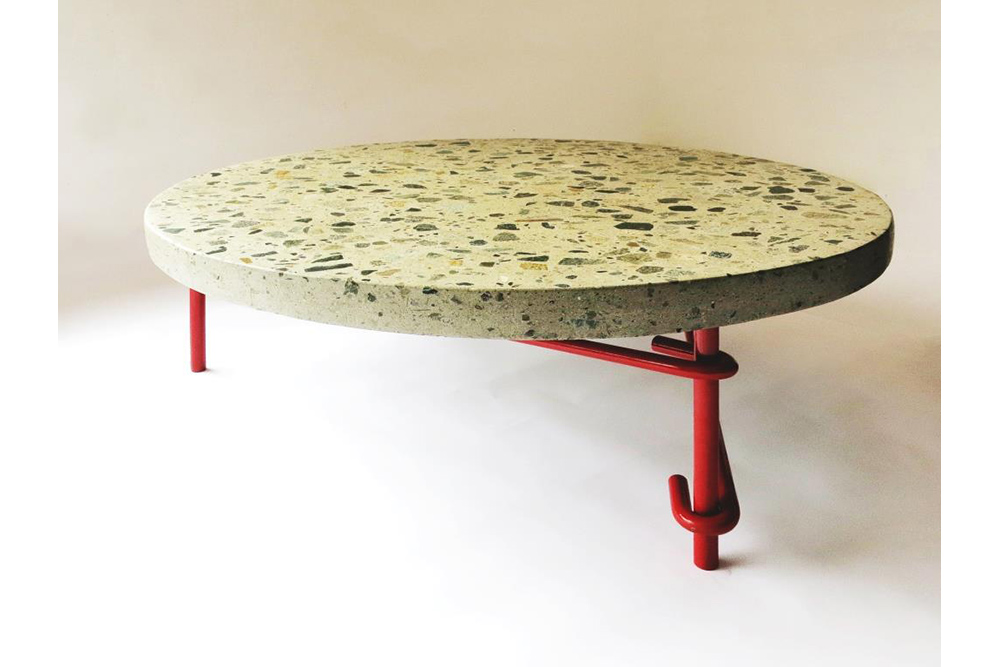Pisco, Tomato Juice and Fresh Scallops
Lucho Marcial’s Scallops A La Chalaca + Bloody Mary
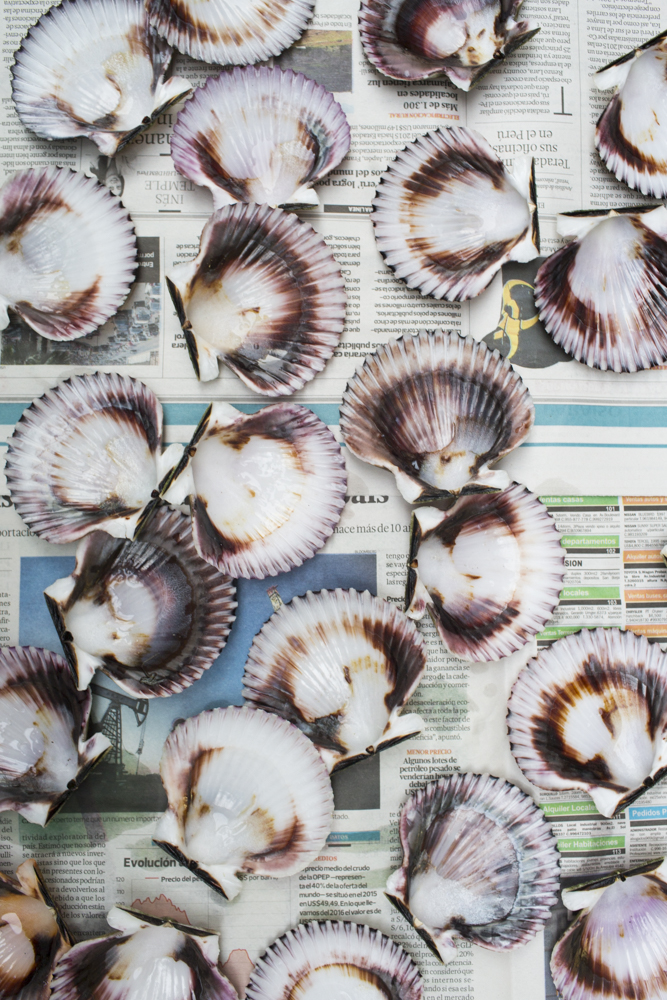
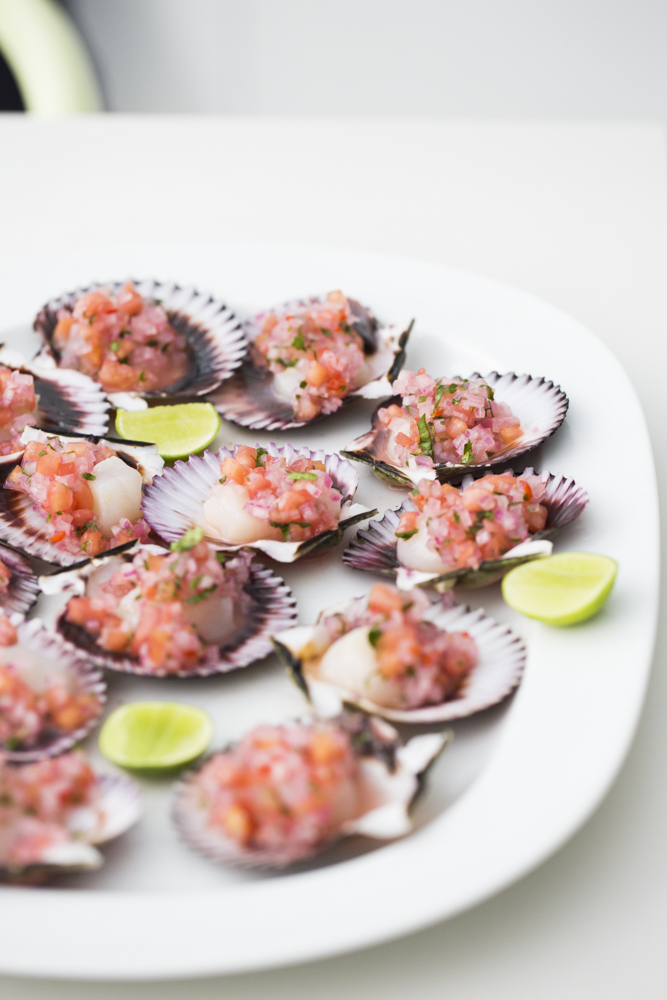
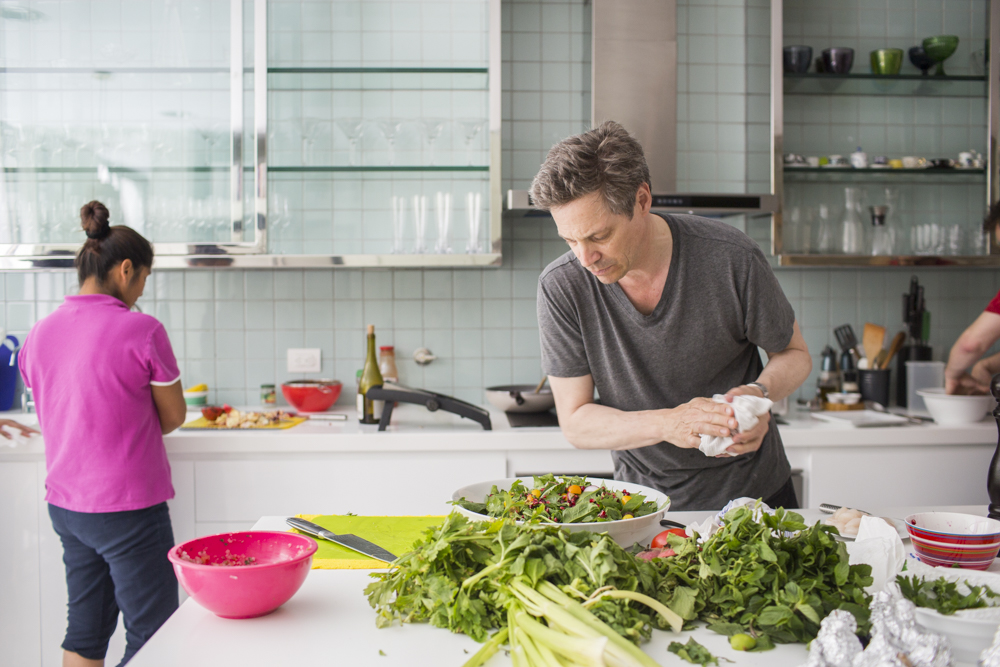
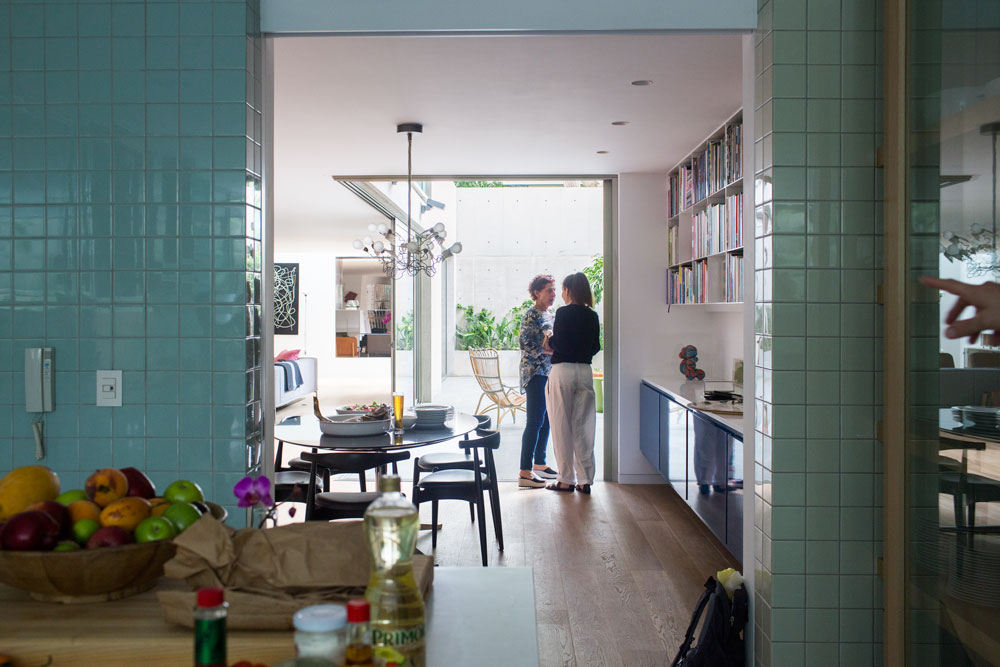
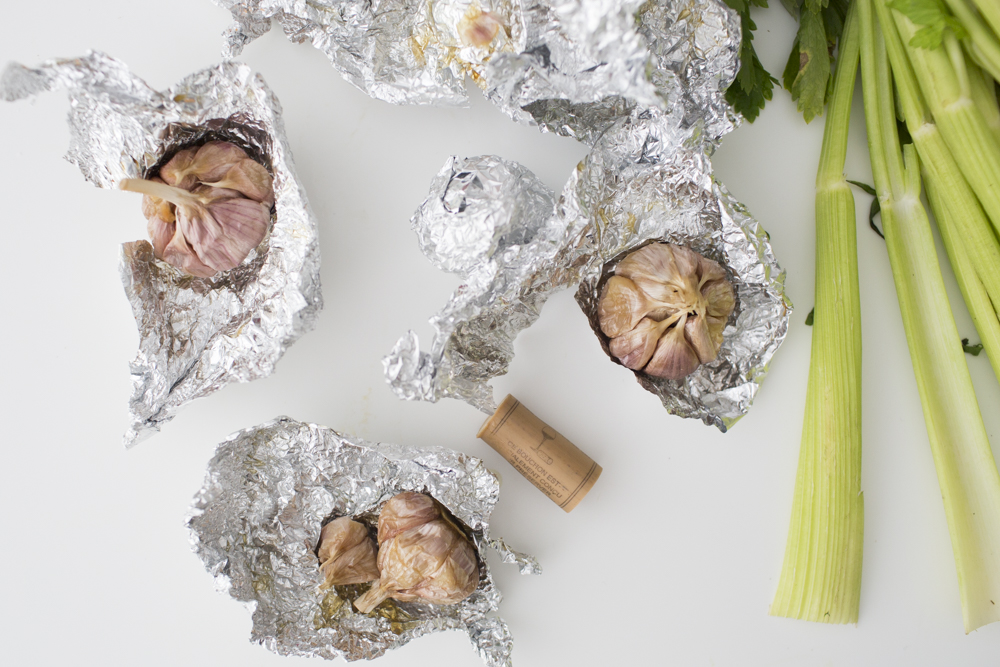
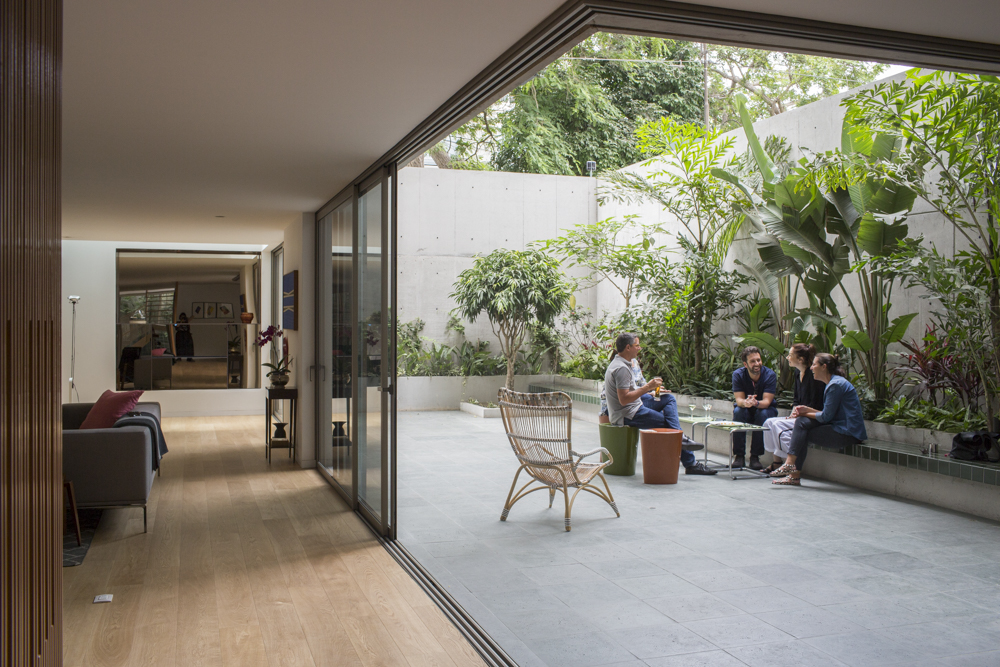
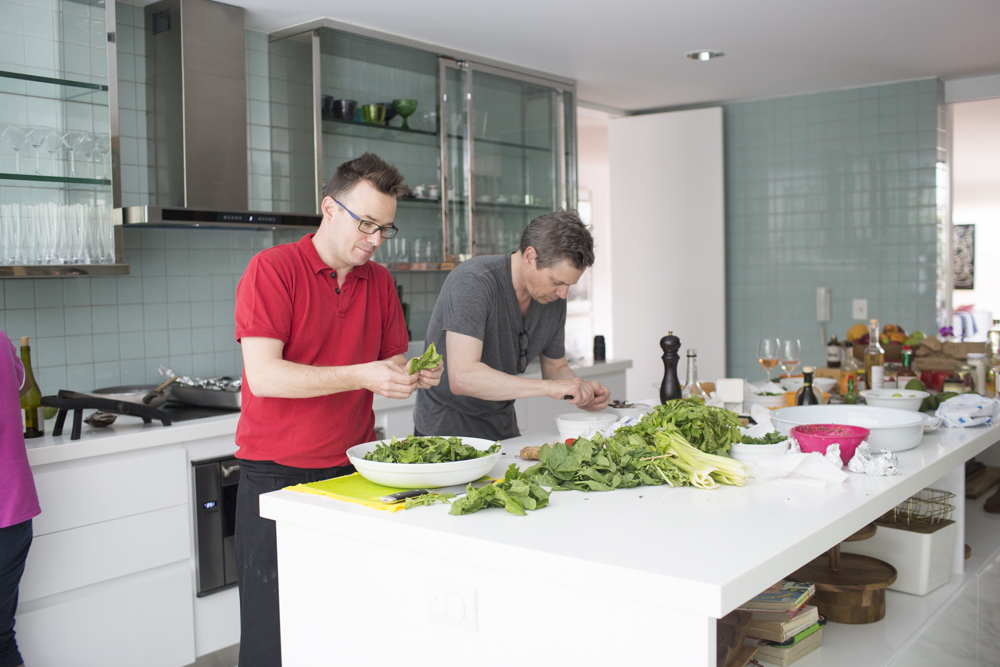
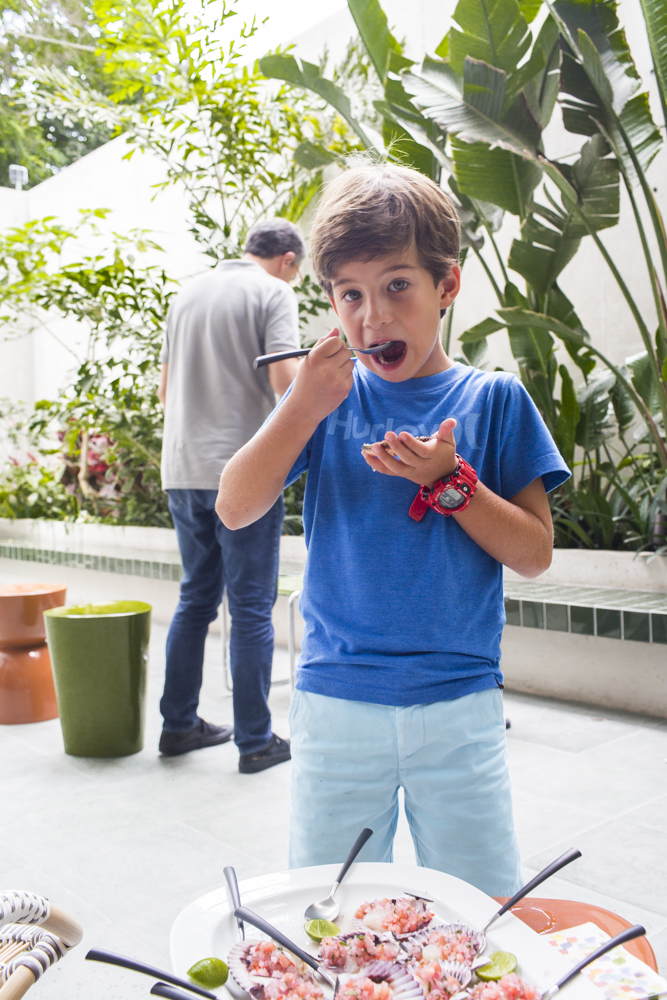
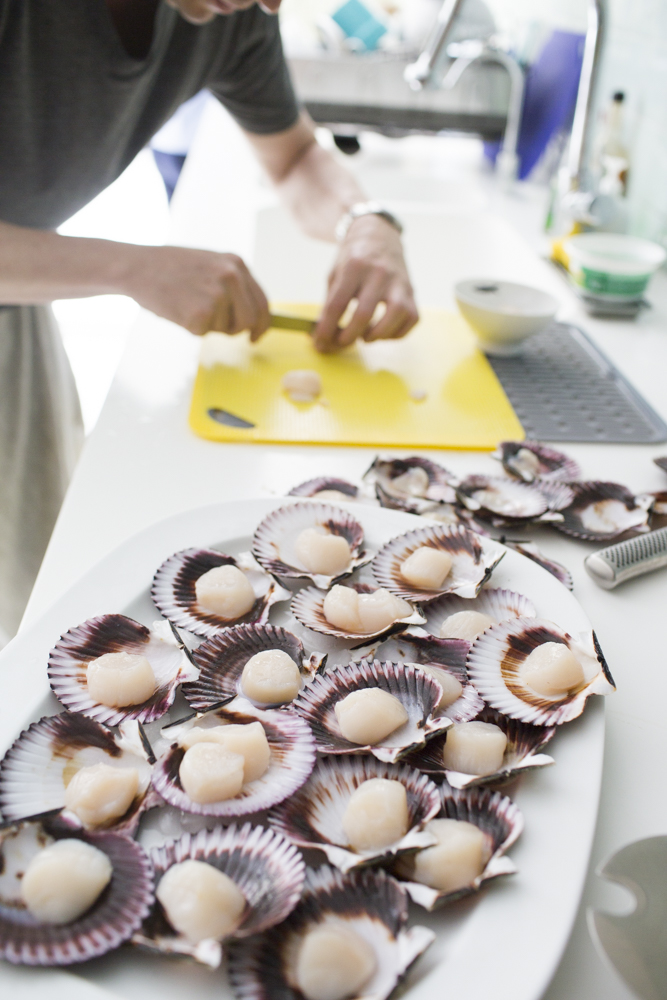
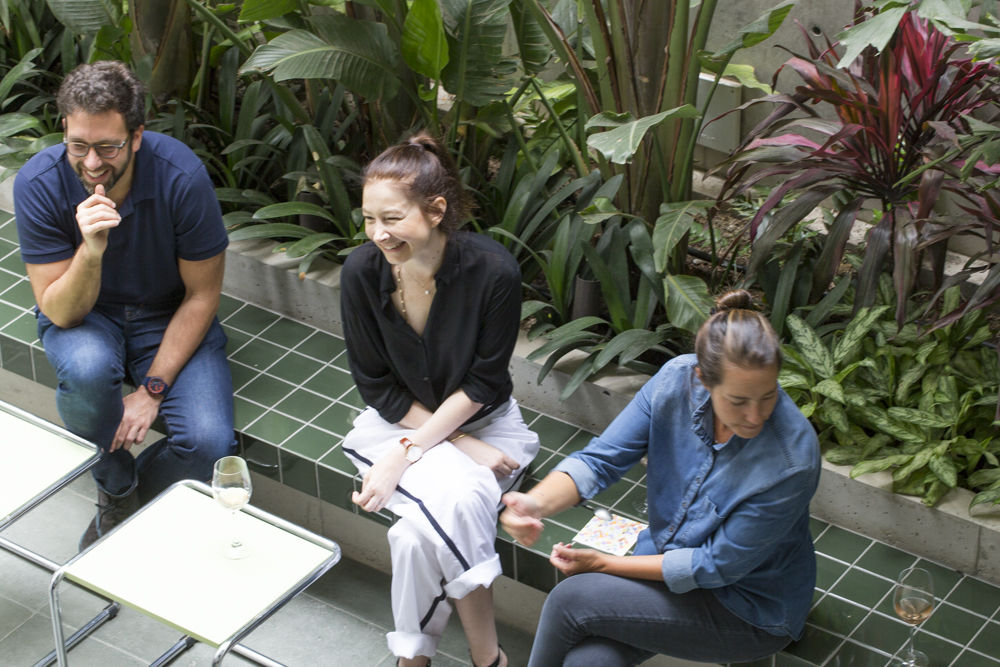
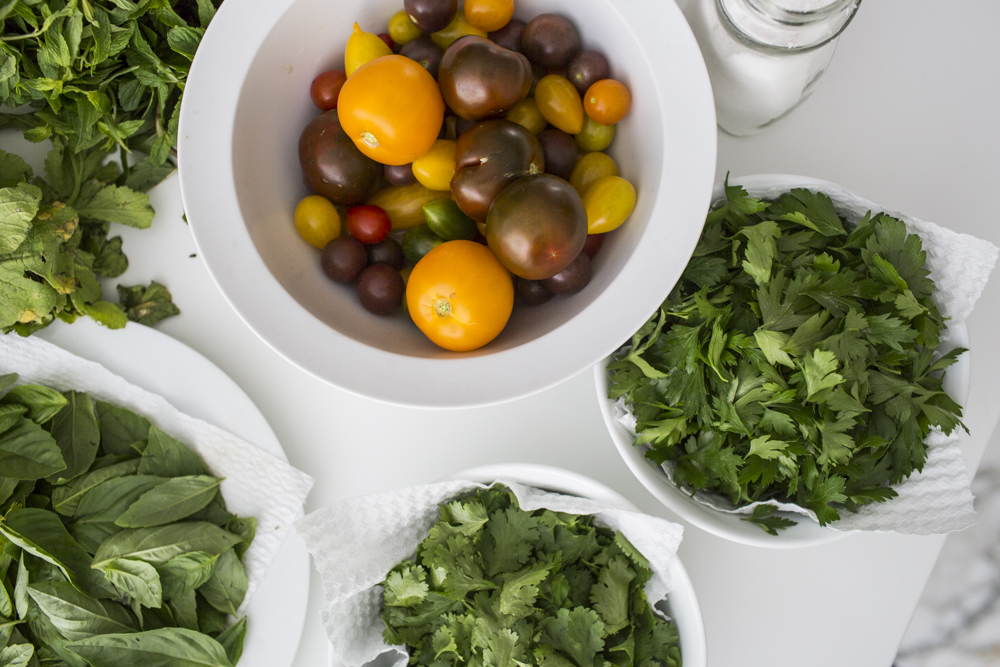
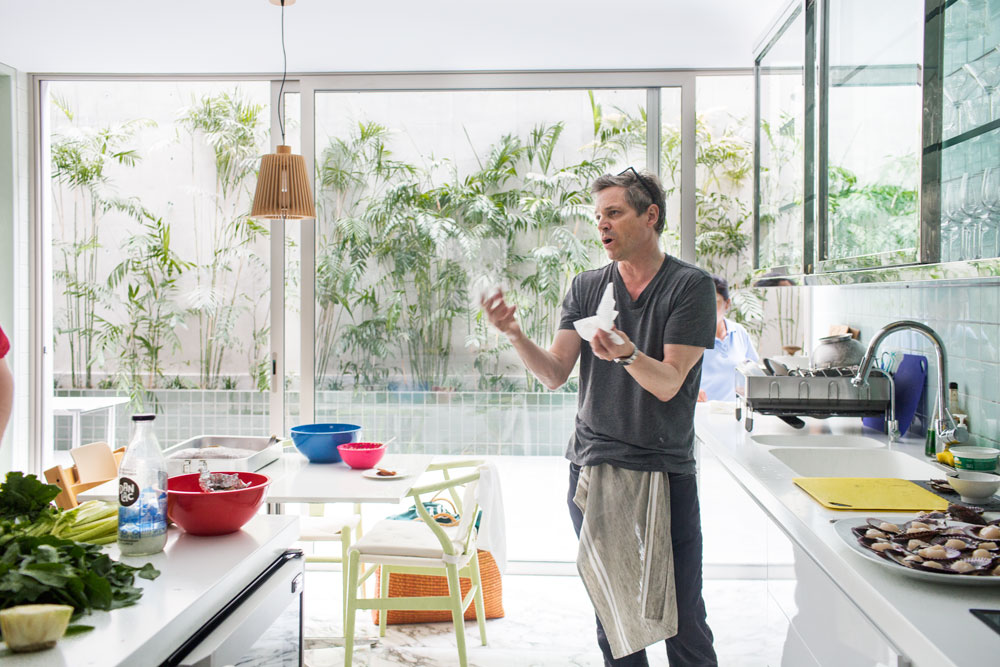
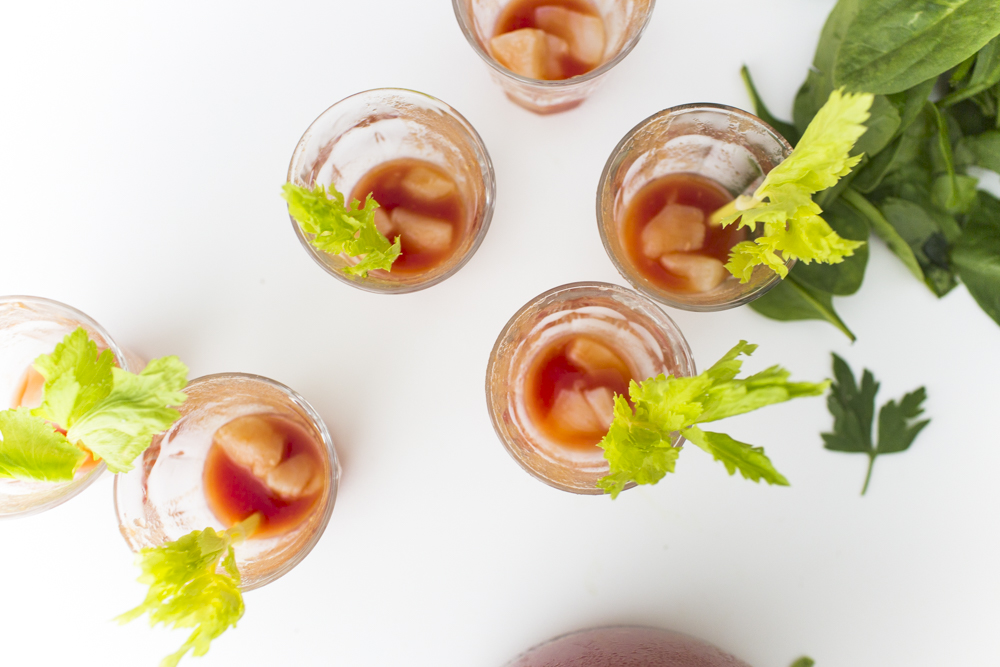
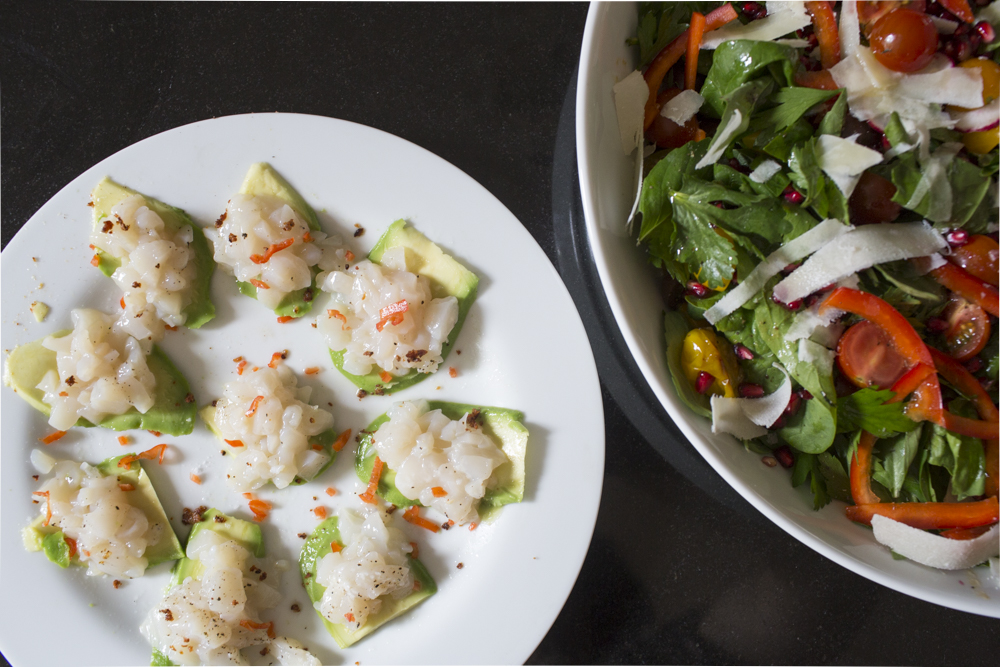
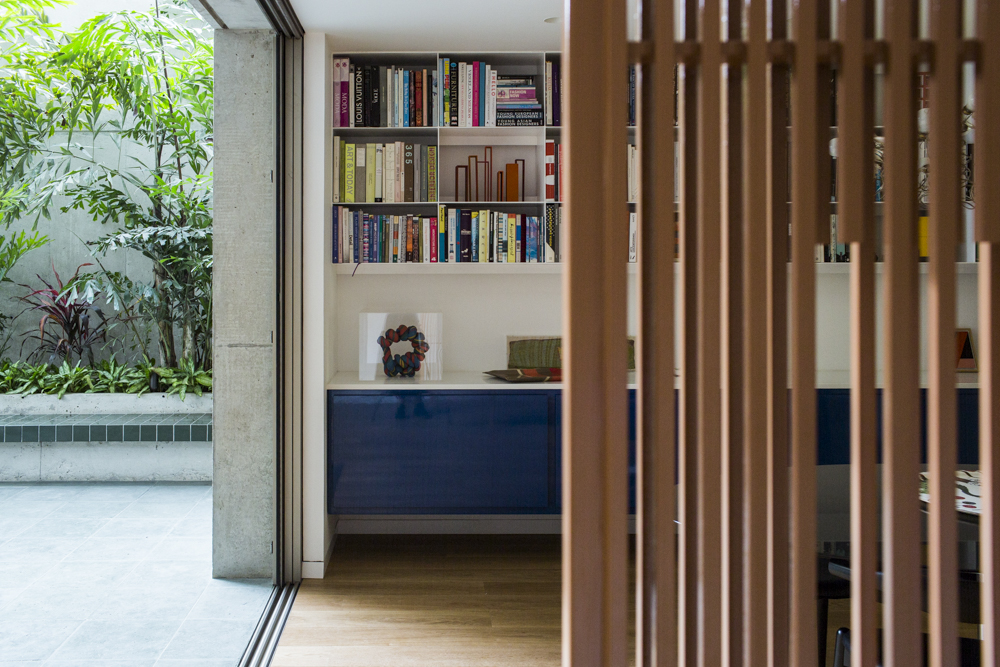
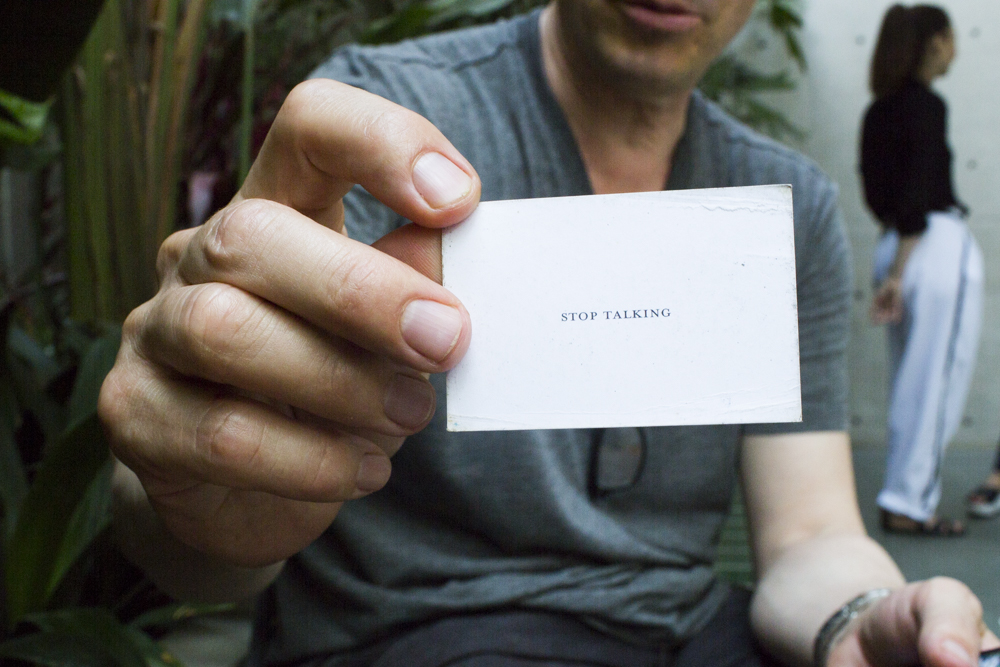
NOTES
This Bloody Mary is a genius take on a classic, using Pisco, the traditional spirit of Peru made from distilled grapes. Pisco is dry like vodka and muy fuerté (hence the tiny tumblers used to serve the drink). The scallops are a pleasant surprise at the bottom of the glass, an appetizer-cocktail hybrid.
Scallops A La Chalaca is a simple and elegant way to serve super fresh scallops — we’re talking sushi grade. If you can find them in the shell like Lucho did, follow these steps for cleaning and preparing them, reserving the shells for an extra special presentation. Otherwise, serve the Scallops A La Chalaca in small dishes or wide mouthed short wine glasses.
Another tip from Peru — when squeezing limes, use a citrus reamer instead of a press. The oils from the peel are bitter, so the less involved they are in the squeezing process, the better.
RECIPE
DIFFICULTY
MODERATE
SERVES
6
PREP TIME
30 MINS
Bloody Mary
-
12freshsea scallops, rinsed and quartered
-
5cupsorganic tomato juice, chilled
-
3cupsPisco, chilled
-
1tspWorstechire sauce
-
1tbsprepared horseradish
-
1cupfreshly squeezed lime juice
-
1tspfinely chopped, de-seeded red aji pepper or tabasco sauce
-
salt and freshly ground pepper to taste
Scallops A La Chalaca
-
12largesea scallops
-
1/4cupminced red onion
-
3/4cupdiced tomato, seeds + excess juices removed
-
2tbsfreshly squeezed lime juice
-
1tspminced aji amarillo, veins + seeds removed
-
1/2tsppisco
-
Maldon salt to taste
-
cracked black pepper to taste
INGREDIENTS
- chile,
- horseradish,
- scallop,
- tomato
Lucho Marcial is a passionate dude. Architect by day and avid home chef by night (or in this case, afternoon) he and his wife Alexia are changing the face of Lima, Peru. Lucho promised Alexia was the genius of the two, as he showed me a business card printed with the phrase “Stop Talking,” a playful accessory that Alexia employs when the two are engaged in client meetings. Lucho and Alexia design residential spaces, like the impeccable Victor Maurtua building where we made our salad feast, but their projects are often much larger than that, including a Barcelona symphony hall and the soon to be National Museum of Peru. Lucho and Alexia won this project in a nationwide competition, and the museum will be the home for over 500,000 Pre-Hispanic and contemporary Peruvian artifacts, making it the largest museum of South American culture in the country. The museum will have a rooftop vegetable garden as well, a new approach to public space for Lima, and one that has Lucho particularly jazzed.
It is not difficult to imagine how the immediacy of the kitchen would be the perfect complement to work that requires so many people and so much red tape before coming to fruition. But Lucho took the prompt to “make a salad” to the next level, waking early and heading to the docks to snatch over 100 fresh scallops in the shell; two preparations are shared here, but in total there were four. Lucho made a party of it, inviting his friends to eat and drink and classically trained culinary consultant Jean Edouard Tromme to join him in the kitchen. This collaboration was nothing new; these two live-wires danced around the kitchen, moving so fast half my photos of the process were blurry. The occasion was a perfect display of Peruvian hospitality, on the part of Lucho, Jean Edouard and Alexia, but also Jose and Camilla Majluf, who allowed this group of pisco drinking artists to descend upon their home mid-week to party and take photos.
Lucho Marcial in His Own Words
Julia: Tell me about the museum you are designing, how that commission came about and what your vision for the building is?
Lucho: We are designing the National museum of Peru. It will house some 500,000 of Peru’s archaeological treasures.
The project began as an architectural competition, open to Peruvian architects; our team was made up of 4 architects: Alexia León, Paulo Dam, José Canziani and myself.
It would be difficult to explain the vision for the project in a few words, but it was our intention to respect the cultural and archaeological landscape of Pachacamac. The building is compact and inscribes itself into the landscape with 60% of its square meters built underground. The permanent collections galleries will be below grade, and the more social spaces will be above ground, connected visually by a central atrium.
JS: What is different about the process of designing a museum? What are some of the challenges that you are facing for the first time?
LM: Every project is different and in that sense everything is challenging, as it should be. Specifically, the museum´s scale and the complexity of the program have been a challenge. The building has to include a permanent collection, temporary collections, investigation center, children´s museum, restaurants, bar, administration, store, parking etc. Working with the State and a whole set of new and unfamiliar rules have been a challenge as well. The key to surviving this process is patience and tenacity.
JS: Why make a garden on the roof? What ambitions do you have with that aspect of the project?
LM: A roof garden makes a lot of sense in this scenario. In order to understand the ancient construction of the central Andes region, you have to understand the pivotal role that agriculture played. An edible roof garden makes those connections visible. Children are also an important part of our visiting public, and I think it’s important for them to understand what plants and crops are indigenous to this land.
JS: We made your salad(s) at one of your clients’ homes. Do you usually have such a close relationship with your clients? It was so generous of them to have us.
LM: Most of our projects last anywhere between 3 and 4 years so it’s best to get along, and we usually do. In the end, the project is something we’ve built together.
JS: Your friends tell me you are completely obsessed with food and cooking. That you take group vacations to the beach, but you never leave the kitchen. What compels you to cook? Have you ever wanted to make a profession out of it?
LM: My friends exaggerate. I’d just rather spend my time in the kitchen than in the sun. For me, ooking is about learning — how do you take all this produce, calculate the quantities, combine and transform them with heat, or even just figuring out how to juxtopose two ingredients next to one. In some ways, it’s similar to architecture.
JS: You and Jean Edouard had an incredible chemistry in the kitchen, both bossing each other around equally. Is this an ideal working relationship?
LM: Jean Edouard actually knows what he’s doing, I’m just trying to keep up. I guess we were bossing each other around because we were trying to impress our guests, who really do know something about food.Generally though, it’s more laid back.
JS: You and Alexia are a team. Can you tell me a bit about the dynamic between you two?
LM: I thought when we started working together that I would finally be able to work less, but no. She makes me work twice as hard! We maintain our independence on small projects and collaborate on all the large buildings and competitions. It’s only been four years, so we’re still figuring it out…but it works.
JS: What brought you back to Peru after living in Spain for so long? What opportunities does Lima offer that Europe did not?
LM: I came back to Peru just in time for my daughter´s birth. I was born here, I have family here, it all made sense, personally and professionally. To work on these incredible projects, with someone as talented as Alexia….that was only possible here, in Peru.
